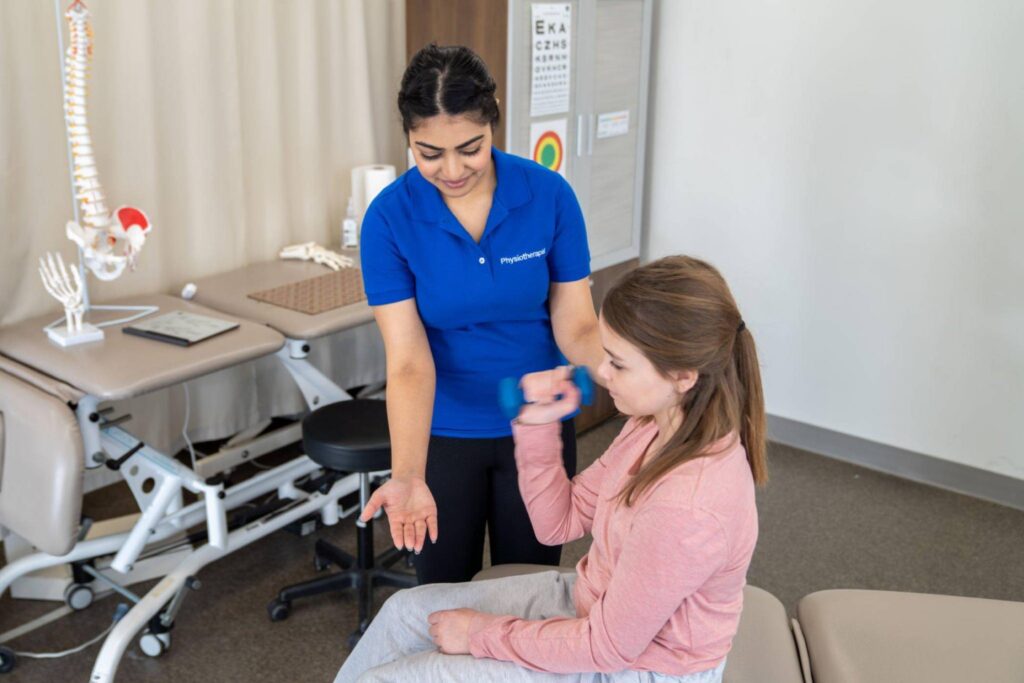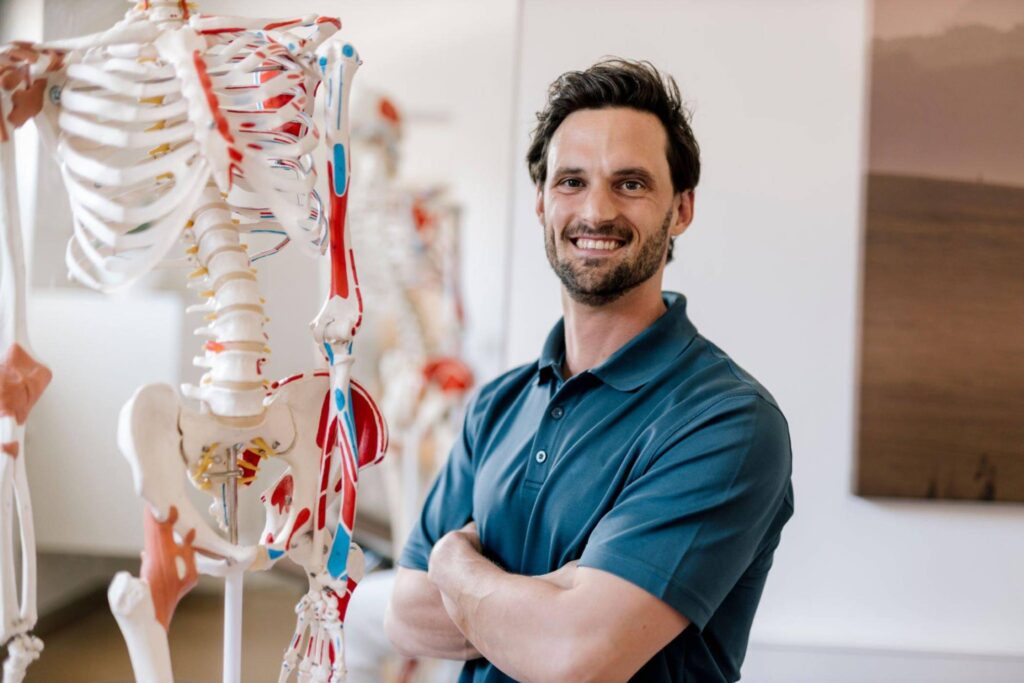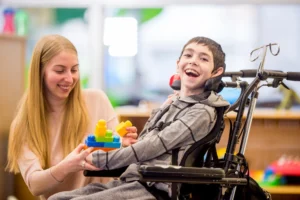Last Updated on 2 years ago by Nicky Johnson
There are many types of muscular dystrophies. In general, muscular dystrophy is a muscle disease stemming from mutations in a person’s genes. Depending on a person’s muscular dystrophy, the signs, symptoms, and degrees of severity and development will differ.
While the disease is rare, those affected should seek care after a diagnosis. Patients have treatment options that can improve their quality of life, including physical therapy in South Austin. Discover the common treatments for muscular dystrophy and how physical therapy can help.

Common Treatments for Muscular Dystrophy
Treatments for muscular dystrophy can help manage symptoms and reduce their severity. New research and discoveries are improving treatment options every day, some even slowing or reversing symptoms of specific types of muscular dystrophies.
Depending on the diagnosis, patients currently have access to seven types of treatments:
- Respiratory therapy: Muscles are necessary for breathing, so weakened muscles may affect the ease of breathing. People with muscular dystrophy are more likely to develop lung infections and may have difficulty coughing.
- Occupational therapy: The progression of the disease means patients deal with changing physical abilities. Occupational therapy helps patients learn how to function with weakened muscles and typically includes training with assistive devices, such as eating devices, hair and toothbrushes, and wheelchairs.
- Drug therapy: Many medications can help reduce symptoms of muscular dystrophy and delay the disease’s progression. The most common medications include anticonvulsants, beta blockers, glucocorticoids, and immunosuppressants.
- Speech therapy: Depending on the specific diagnosis, muscular dystrophy can affect the facial and throat muscles, inhibiting speech. Speech therapy can help patients learn to communicate and manage symptoms.
- Surgery: Muscular dystrophy can cause heart, vision, and skeletal problems aside from muscle weakness. Surgery is often necessary to correct or prevent the severity of the issues.
- Gene therapy: An active area of scientific and medical research, gene therapy is showing promise in treating and reversing the symptoms of some forms of muscular dystrophy. Research is ongoing, but it is worth consulting a primary care physician to discuss options.
- Physical therapy: Depending on the type of muscular dystrophy, physical therapy is an excellent option for early intervention and ongoing treatment. Physical therapy New Braunfels involves stretching and physical activity.
How a Physical Therapist Can Help

Physical therapy helps a patient maintain as much flexibility and strength as possible. The treatment also focuses on maintaining musculoskeletal alignment, helping to limit deformities that impair the patient’s quality of life.
PT can help patients create appropriate exercise routines tailored to their specific diagnosis. Custom routines can help limit joint problems and maintain muscle function. Therapy also focuses on developmental skills, breathing, and the use of adaptive equipment.
Muscular dystrophies are muscle diseases that can affect patients’ quality of life. Finding physical therapy near me can help slow the progression of the disease and limit symptoms.
When combined with other treatments, patients can see a reduction in symptoms or a possible reversal.
If you or someone you love recently received a muscular dystrophy diagnosis, contact a local physical therapist to learn about treatment options.







